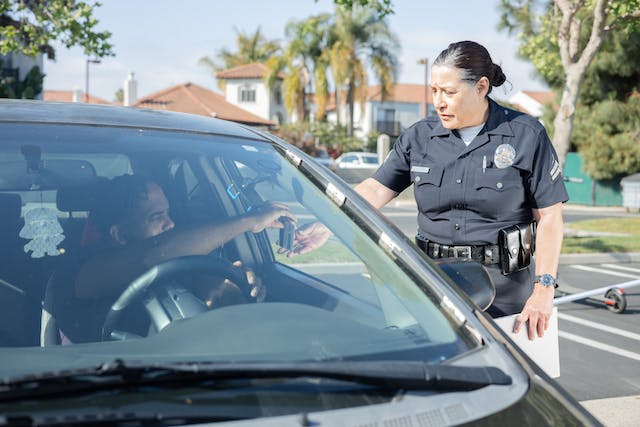Unraveling the complex world of high-risk driver insurance can initially feel like a daunting journey. However, obtaining adequate knowledge about it is essential for high-risk drivers who are striving to ensure they both abide by the law and protect themselves and their assets. Due to various reasons, such as a history of traffic violations, inexperienced youth, or previous car accidents, some drivers end up being classified as ‘high risk’. This affects not only their driving records but also their insurance policies and rates, making insurance less of an option, and more of a necessity.
Dealing with this requires understanding exactly what high-risk driver insurance entails, its importance, and how it works. In this comprehensive guide on ‘Insurance for High-Risk Drivers: What You Need to Know’, we will explain everything you need to make informed decisions about protecting yourself on the road.
Understanding High-Risk Driver Insurance
This section delves into the meaning and essence of high-risk driver insurance. High-risk drivers are individuals who insurance companies view as more likely to file a claim due to their risk factors. The risk factors may encompass bad driving records, young or novice drivers, elderly drivers, drivers with poor credit, etc. high-risk insurance, officially known as SR-22 insurance, is designed to cover these individuals.
Factors Contributing to Being Labeled as a High-Risk Driver
- Poor Driving Record: Drivers with various traffic violations and accidents are deemed high-risk drivers. The violations may include DUIs, speeding tickets, reckless driving, etc.
- Experience: New, inexperienced drivers, particularly teenagers, are considered high risk due to their lack of driving experience.
- Age: Elderly drivers can also be labeled as high-risk due to potential health issues affecting their driving ability.
- Credit Score: Drivers with poor credit scores can also be considered high-risk. Insurance companies view a low credit score as indicative of a higher likelihood to file a claim.
Costs Associated with High-Risk Driver Insurance
High-risk auto insurance typically costs more than standard auto insurance since insurance companies take a greater financial risk insuring high-risk drivers. The exact cost varies depending on numerous factors, including your overall driving record, your age, type of vehicle driven, and geographical location.
Acquiring High-Risk Driver Insurance
Some insurance companies specialize in high-risk auto insurance policies and provide policies regardless of your driving record. Others provide policies but at significantly higher rates. Comparison shopping can help you find a more affordable policy.
Ways to Reduce Your High-Risk Status
- Improving Driving Record: Avoiding traffic infractions and accidents can gradually improve your driving record and lower your risk status.
- Completing a Defensive Driving Course: Completion of an approved defensive driving course can indicate to insurers that you are making efforts to improve your driving skills.
- Improving Credit Score: Boosting your credit score can influence how insurance companies rate you, likely resulting in reduced premiums.
- Selecting a More Modest Vehicle: Choosing a car that’s cheaper and easier to insure can potentially lower your insurance costs.
Conclusion
To cap off our discussion on ‘Insurance for High-Risk Drivers: What You Need to Know’, we can summarize the following key points:
- High-risk drivers are those who have a record of traffic violations, accidents, a lapse in auto insurance, or a DWI/DUI.
- These individuals require high-risk auto insurance, which generally comes with higher premiums due to the increased risk to the insurance company.
- These policies might be offered by regular insurance companies, or alternatively, through special high-risk insurers.
- High-risk driver insurance is typically temporary. As your driving record improves, you can “graduate” back into regular insurance coverage.
- Drivers can manage their high-risk status by attending safe driving courses, maintaining a clean driving record, avoiding high-risk behaviors, and consistently maintaining auto insurance coverage.
- It’s important to shop around: different insurance companies have different parameters for defining a high-risk driver, and thus, premiums may vary significantly.
- If denied for coverage, drivers can seek assistance from the state-mandated high-risk pools.
In sum, being labeled a high-risk driver is undesirable due to the increased insurance costs. However, with informed strategies and diligent efforts to improve one’s driving record, this status can be overcome.


